Connecting the Dots: An Interview with Creative Resident Patty DiRienzo
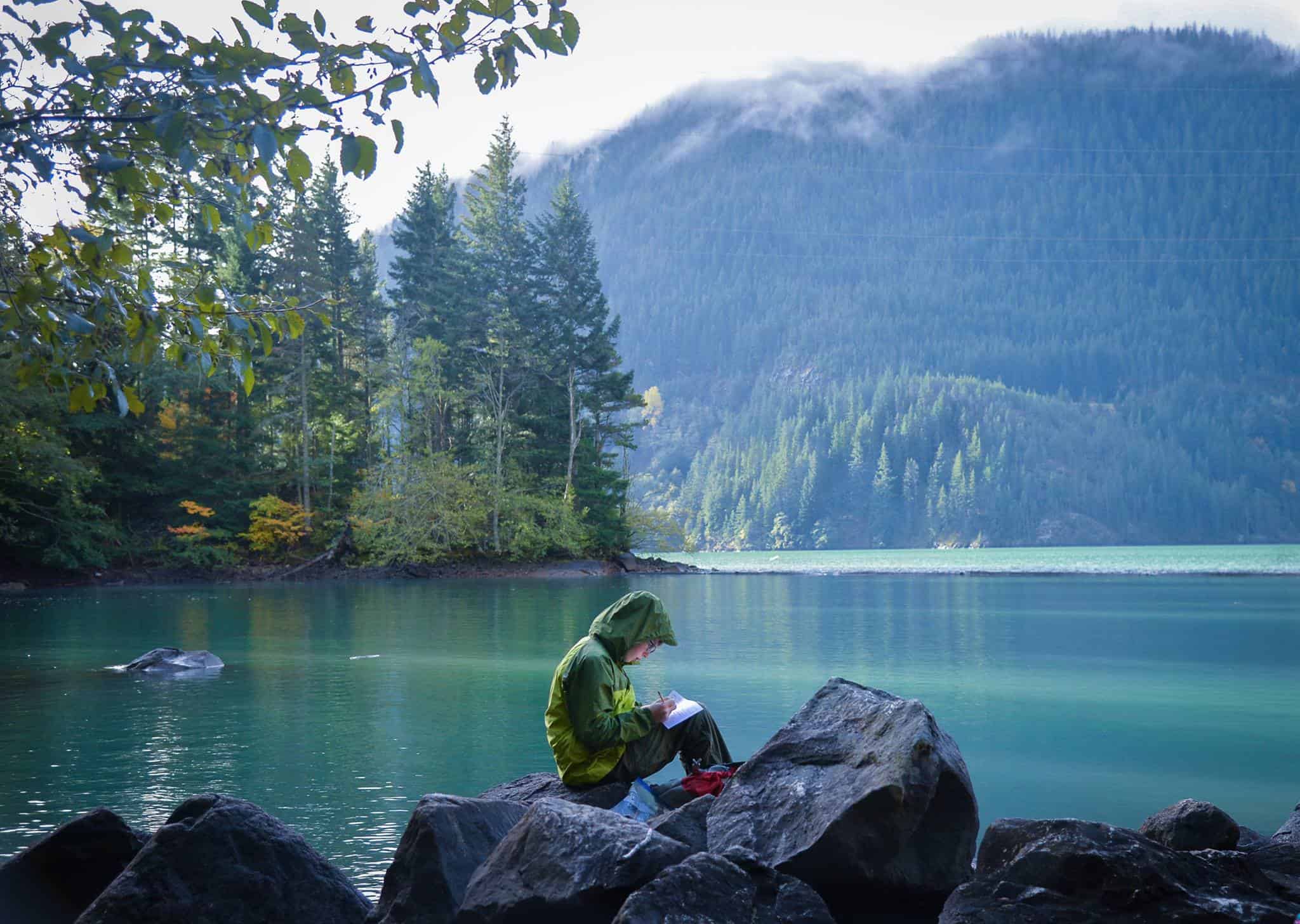
As his time at Mountain School comes to an end, 10-year-old Avi writes a letter to himself reflecting on his time in the North Cascades wilderness. Two weeks later students will open these letters at school and remember what was special about their time away from home and out in nature.
All photographs and captions by Patty DiRienzo
This photo was just one of the many images Patty DiRienzo captured during her Creative Residency at the North Cascades Institute Environmental Learning Center. As a photographer, Patty focuses on capturing a person’s connection to environment through relationships with land and community. For her residency, she collected a series of photographic vignettes for her project, “Connecting the Dots”, with the goal of showcasing the relationships that develop between individuals and the North Cascades. Many of her portraits were of 5th grade students participating in the Mountain School program this fall.
I was able to speak with Patty about her residency and work and have transcribed our conversation below. If you would like learn more, please visit her website or Facebook page.
Was there anything in particular about the North Cascades Residency Program that influenced your decision to come out here?
When I lived in Washington, I had always heard about the park and seen pictures and knew it was rugged and a true wilderness. I had initially looked into the National Park Service, they used to have an artist in residency program, and then my research brought me to the ELC Residency. I like the idea of what you all are doing here, bringing and introducing children and adults to this wilderness. Giving them the opportunity to come out and to raise awareness on what they can do to preserve it-that’s why I was interested in coming to the North Cascades Institute.

Mountain School student Nigel says ‘I love hiking and being out in nature —I think I’m becoming my grandmother. She loves windstorms. And she’s not even afraid of spiders!’
Can you tell me about your history with photography and how you started out?
Photography really started out as my career, over twenty or thirty years ago. I began using film as a newspaper photographer and that’s why I still enjoy telling a story with my pictures. It’s been a transition of course, with photography. I like relating it now more to a community. I also like turning some of my images into more nostalgic looking watercolor type prints. Along the way, I’ve also tried some fine art techniques like handcoloring, black and white pictures, and now polaroid image transfers. I enjoy using these techniques because they all give you different effects and can put a kind of stamp on the work you do. Mine is trying to show how even the past and present can look alike sometimes and those different techniques help me accomplish that.
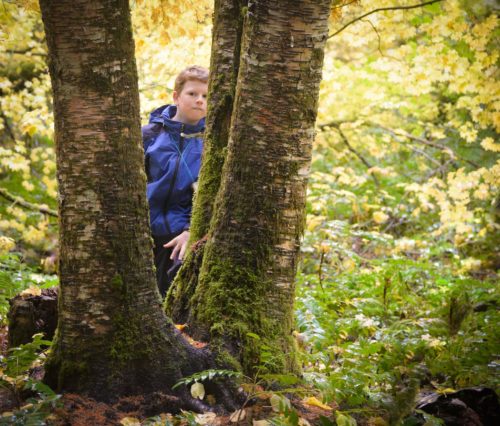
“A naturalist leads Andrew and his classmates in a game of ‘camouflage’ during a forest hike at Mountain School. After playing this educational version of hide and seek students come away with a better understanding of the role of predators and prey in the forest.”
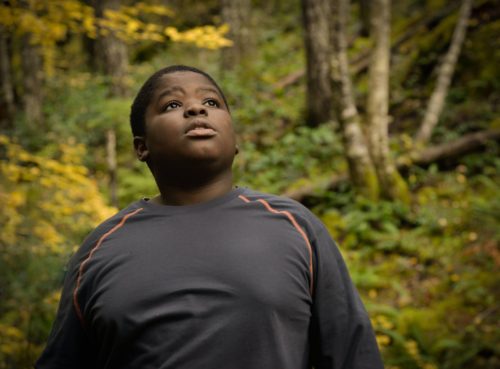
Isaiah, a fifth-grader from Bellingham, WA listens to a naturalist while on a hike during Mountain School in the North Cascades. “I like getting to learn things about the animals and trees.”
I like how you draw on a sense of place and story for your photographs because I think stories can be so powerful. What inspires you to capture that in your work?
I think most places I’ve been or lived, I like seeing more than just the scenery or the people. It’s the relationship between the two that I try to capture. The scenery is beautiful but to me, that alone isn’t the story. I enjoy seeing the dynamic that is created when you add personal perspective to place. I like seeing how people are challenged by their environment, how they become more aware of themselves. That’s why I approached the Mountain School students with the question of ‘How do you feel about being here? What does this experience mean to you?” The children are so honest and innocent and they tell it like it is. They are always fun to be around and they are also fun to photograph because they don’t watch the camera. If they do initially, they forget about it and I can just work and not think about it. I just disappear into the background and that’s what’s been interesting about this. To be able to go out on the trails, with the naturalists, watch them work but then just stand back and catch the honest reactions of the kids.
And what have those reactions been like?
They’ve varied. The funny part was the first thing a lot of them spoke about was how much they liked the food. Which was very funny to me, that wasn’t what I was expecting. Not always, but it was cute and it was honest. But, many of them, and I think their expression shows it too, they said getting to go outside everyday while they are here. One girl said, “I’m so busy at home, I never get to go outside.” Another one said, “I like getting out in the wild” and the best was “I like getting my hands dirty!” One story that stands out was a little boy who said “I really love being out in nature and the outdoors” and he then says, “I think I’m becoming my grandmother.” I ask him if he can explain and he answers,“She loves being outside, and she loves windstorms, and she’s not afraid of spiders.” He had a connection there, of all things, he thought of his grandmother. To think he’s thinking,“I’m like her”, at that young age, I thought was special.
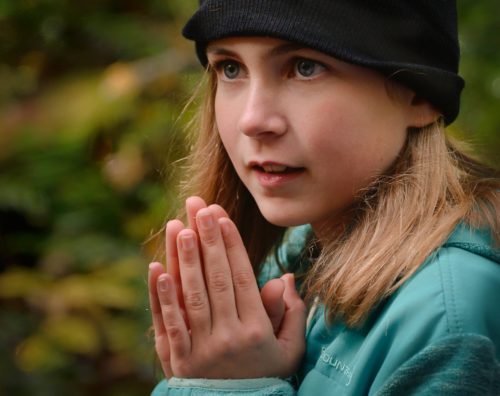
Ten-year-old Lilya is just one of the students from Bellingham Public Schools who are being introduced first-hand to the wilderness of the North Cascades during a two-day Mountain School learning experience. She says, “I love it all, but I especially like it when we get out in the wild and get our hands dirty.”
Do you feel like you have a sense of the kind of stories that are created at the North Cascades Institute after your time here?
I think for Mountain School, I think it’s an introduction, even though some of these children might have been out before, but a true introduction to seeing nature first hand. They can learn in school but I don’t think that it’s anywhere near the same as being out in it. I think being out here, without their parents, just gives them a new sense about themselves, of independence, of being somewhere new. They learn about this natural environment and why we need to protect it, to make sure it’s here in the future. It might be a little harder for them to understand that perspective right now, but it can start by them just going home excited to their parents and saying “I want to start going out, I had so much fun!” For other people, the families that come out here on their own or the groups, I think they come here because like most people, they get a sense of peace being out here. It opens your mind, gives you time to feel calm, to get away from what we’re used to all the time. I see that here, along with the learning. It’s an escape. Hopefully, in turn, that helps people respect and preserve these areas because they won’t want them disappear.
About Patty DiRienzo
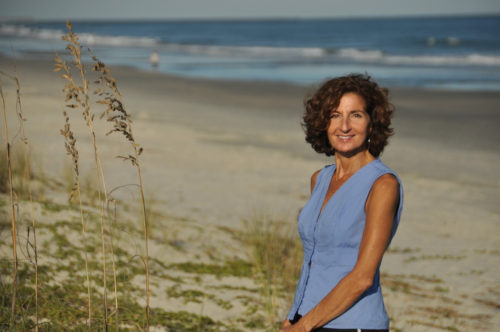
After more than a decade of capturing award winning images for newspapers and magazines including the New York Times and USA Today, Patty DiRienzo established a photography business specializing in hand colored lifestyle portraits, editorial assignments and image transfer art.
A sense of time and place is central to her work and is showcased in her vintage style photography. The recipient of a Florida Humanities grant, Patty authored and photographed Florida~A Journey Through Its Colorful Past, a book celebrating ‘old Florida’ landmarks using handcrafted photo transfers. You’ll also find her work featured in photography exhibitions, galleries, and private collections.

